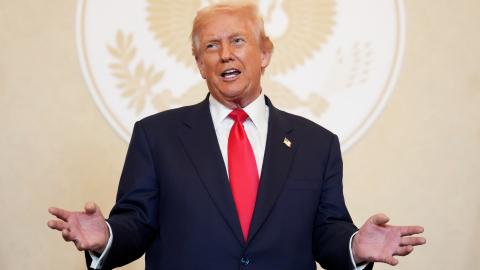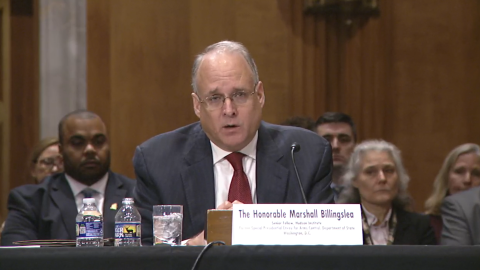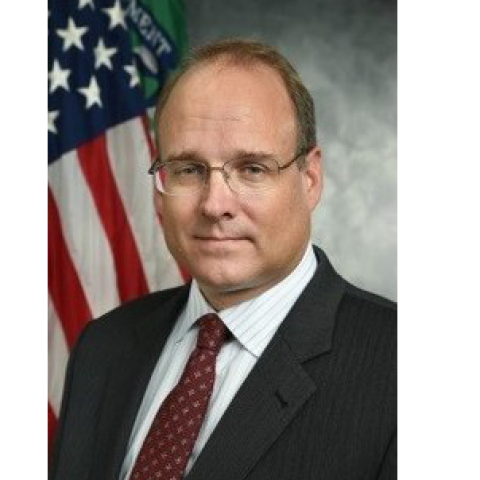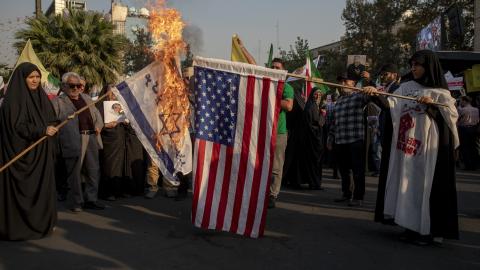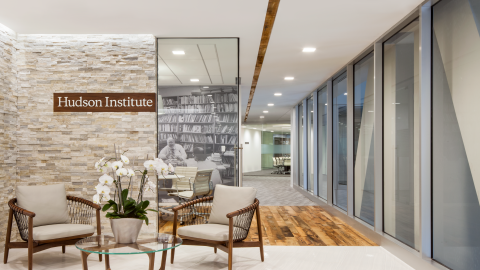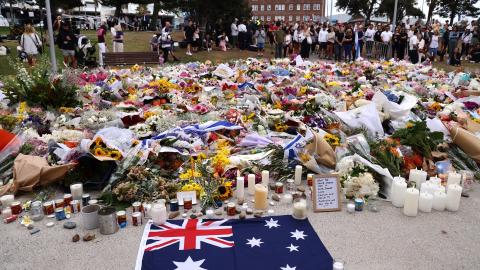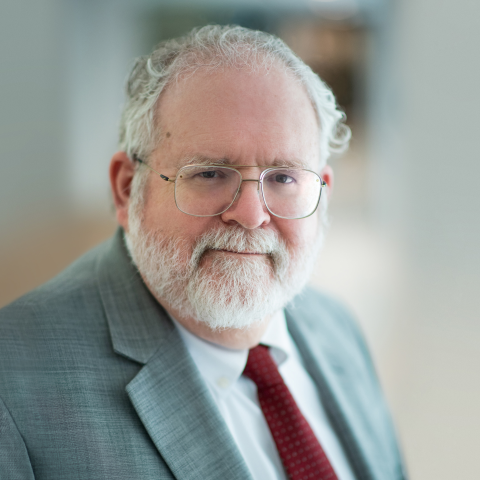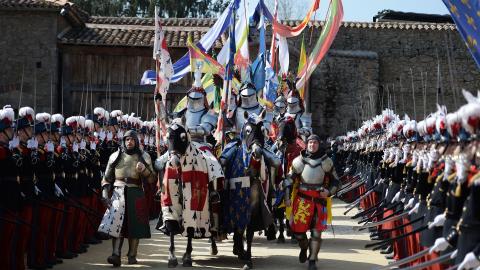This summer, Paris is hosting millions of tourists. While foreigners ascended the Eiffel Tower or descended into the catacombs, many of the French headed west. Instead of the fever dreams of Americana at Disneyland, they went in search of their own history.
Over 250 acres of the Vendée, Puy du Fou sits far from the metropole, in the old heartland of king and church. Its falconers, riders and swordsmen dressed as Gauls and knights send a clear message: This nation is built on faith in Christ and patriotic duty to serve for the glory of France.
For decades, that message was, at best, niche. Created in 1978 by Philippe de Villiers, a longtime opponent of European integration and migration, the park spoke mainly to hardcore loyalists to an older France. Fearing for the disappearance of Gallic pride, de Villiers turned his estate into a recruiting sergeant for a nationalism he believed was getting lost in the fairy tales popularized by Disney.
Early visitors included then-President Valéry Giscard d’Estaing in 1980, but more recently President Emmanuel Macron has made the trip. Now, Puy du Fou says it welcomes over 2.8 million people a year, making it France’s second-most visited theme park after Disneyland Paris. Unlike Disney, the language here is definitively French. But now Dutch, German, Italian and even some English can be heard along its paths. Notably sparse among the wandering crowds are France’s 6 million Muslims.
The reason is clear. This is a Christian account of France. In an amphitheater built for chariot races and gladiators, crowds cheer the Gauls and the Roman centurion who chooses Christ over the old gods, not the governor sent from Rome. The conversion of King Clovis in the 5th century is trumpeted as the foundation of the nation. The ring said to have been worn by Joan of Arc, patron saint of France, is venerated as a relic in a chapel. The atheists and regicides of the French Revolution who massacred their opponents in the Vendée are shown as villains resisted by a hero faithful to God and the king. Puy du Fou is not merely historic reenactment. It is a faith-and-flag signpost connecting Europe’s past to today’s divisions and a reflection of how more of France wants to see its future.
The park’s rising attendance correlates with a broader political shift. As Marine Le Pen’s National Rally has moved from pariah to polling within striking distance of the presidency, Puy du Fou’s vision of French identity has moved from margin to mainstream.
The park’s narrative arc from Celtic warriors resisting Roman invasion, through knights defending Christendom, to French soldiers holding Verdun, offers visitors a through-line of resistance against foreign domination. The spectacular evening show, “La Cinéscénie,” performed by thousands of local volunteers, sweeps through French history but notably ends before the establishment in 1958 of the present-day Fifth Republic, let alone the European Union. Puy du Fou tells a story of resistance to occupation, to empire and to loss of national identity with the help of 2,000 animals in 20 shows.
The park’s success has spawned imitators. A Spanish version opened in Toledo in 2021, celebrating the Reconquista and El Cid. Plans for shows in Shanghai and even Tennessee suggest the hunger for national narratives is not uniquely French. Similar chronicles echo across the continent. Poland’s government restructured the Museum of the Second World War to emphasize Polish heroism over broader European suffering. Hungary’s House of Terror focuses almost exclusively on crimes by foreign occupiers. The Brothers of Italy party, now in power, takes its name from the Italian national anthem’s opening line.
The transformation is not merely cultural but increasingly political. Where once European integration seemed inevitable, border controls have returned between E.U. member states. Even Germany, whose then-Chancellor Angela Merkel claimed in 2015 “wir shaffen das” — that the country could cope with the migrant crisis — has ended the open-border policy at every point of entry. The Schengen Agreement, that great symbol of borderless Europe, has been suspended or restricted by multiple countries in recent years.
At Puy du Fou’s Viking-era village, families take selfies with warriors defending against raiders — Norsemen with axes and an appetite for murdering monks — in a display that resonates with contemporary anxieties about integration and identity. The parallels with the murder of Father Jacques Hamel in Normandy in 2016 by two Islamic State supporters are not hidden.
De Villiers has long been explicit about these connections, warning that France is on “the edge of the abyss.” The European Union finds itself increasingly unable to counter these narratives. Its technocratic language of regulations and directives struggles to compete with the emotional power of warriors for Christ. Brussels offers economic integration; Puy du Fou offers belonging.
Families visiting the park are seeking not just entertainment but also affirmation that their story holds the glory and honor that fairy tales can only mimic, that tells them who they are and, perhaps more important, who they are not. In the shadow of Puy du Fou’s medieval ramparts, the question isn’t whether Europe’s nationalist moment will pass, but whether the continent’s postwar consensus can survive it.
The thunder of hooves in the show that brings St. Joan back to defend France might be choreographed, but the political earthquakes they echo are all too real.
